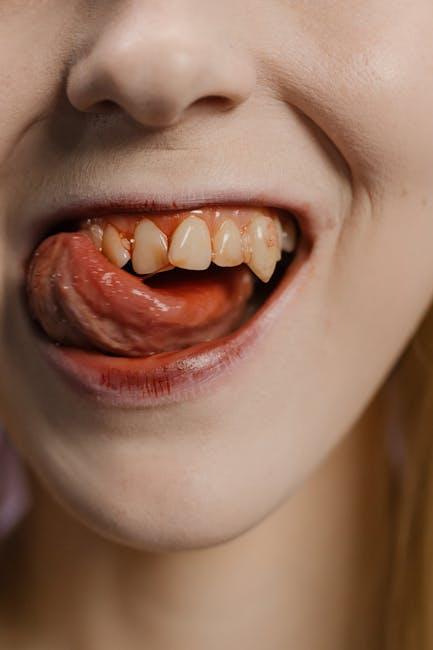
Does Medicaid Cover Dental? Orthodontics, Common Procedures & State Coverage
When navigating health insurance options, many people wonder, “Does Medicaid cover dental care?” This is an important question, especially for families and individuals reliant on Medicaid for their healthcare needs. Dental health plays a vital role in overall well-being, but coverage varies widely across states and by type of procedure. In this guide, brought to you by Healthinsurance.org, we explore the nuances of Medicaid dental coverage—covering orthodontics, common dental treatments, and how coverage differs depending on your location.
Understanding Medicaid Dental Coverage
Medicaid is a joint federal and state program that provides healthcare coverage for low-income individuals and families. Although every state must provide certain core medical services under Medicaid, dental coverage is not always federally mandated for adults. However, pediatric dental services are classified as an “optional benefit” but are mandatory for children enrolled under the Early and Periodic Screening, Diagnostic, and Treatment (EPSDT) program.
Medicaid Dental Coverage for Children vs. Adults
- Children: Medicaid must provide comprehensive dental services for kids under EPSDT. This includes preventive care, diagnostic services, restorations, and more.
- Adults: Dental coverage for adults is optional and varies from state to state depending on state plan rules and budget priorities.
Key takeaway: If you’re covered by Medicaid and looking for dental coverage, it’s important to check your specific state’s policies, especially for adult dental care.
Does Medicaid Cover Orthodontics?
Orthodontic treatment, including braces, can be costly. Many Medicaid recipients ask if these treatments are covered under their plan.
Medicaid Orthodontic Coverage Details
- Children: Orthodontic services may be covered if deemed medically necessary, such as to correct significant developmental issues or for speech or chewing impairments.
- Adults: Orthodontic coverage for adults is rare under Medicaid and generally not covered unless for specific medical conditions.
Many state Medicaid programs require prior authorization for orthodontic procedures. Coverage criteria can be strict, and cosmetic orthodontics typically aren’t covered.
Common Dental Procedures Covered by Medicaid
Below are some typical dental procedures that Medicaid may cover. Keep in mind, coverage depends on your state and whether you are an adult or a child:
- Preventive Care: Routine cleanings, fluoride treatments, and dental exams.
- Diagnostic Services: X-rays and oral health screenings.
- Restorative Procedures: Fillings, root canals, crowns, and extractions.
- Emergency Dental Services: Treatment for severe tooth pain or injury.
- Prosthodontics: Dentures or partials (coverage varies by state).
State-by-State Medicaid Dental Coverage: A Snapshot
Since Medicaid programs are state-administered, dental benefits vary widely. Below is a simplified table showing how adult dental coverage may differ across states. This summary does not replace checking with your state Medicaid office.
| State | Adult Dental Coverage | Orthodontics Coverage |
|---|---|---|
| California | Extensive – preventive and restorative | Limited to medically necessary cases |
| Texas | Emergency services only | Not covered |
| New York | Comprehensive adult dental benefits | Covered with restrictions |
| Florida | Limited restorative | Not covered |
| Illinois | Preventive and some restorative procedures | Case-by-case basis |
Benefits of Medicaid Dental Coverage
When Medicaid covers dental care, it offers several significant benefits, including:
- Access to Essential Care: Medicaid coverage helps low-income individuals access dental services they might otherwise forego.
- Early Problem Detection: Regular dental visits covered by Medicaid can catch issues early, preventing costly emergency treatments.
- Improved Overall Health: Good oral health reduces risks for conditions like heart disease and diabetes.
- Financial Protection: Medicaid dental coverage reduces out-of-pocket expenses.
Practical Tips for Using Medicaid Dental Benefits
- Verify Your State’s Coverage: Visit your state’s Medicaid website or call customer service to confirm dental benefits available to you.
- Find a Medicaid-Approved Dentist: Use online directories or your insurer’s network tools to find providers who accept Medicaid patients.
- Get Pre-Authorization: Some procedures like orthodontics require prior approval. Start early to avoid delays.
- Keep Up with Preventive Care: Regular cleanings and exams can help maintain healthy teeth and catch problems early.
- Ask About Additional Resources: Some community clinics offer dental services on a sliding scale or free for Medicaid recipients.
Conclusion
Medicaid dental coverage is a vital resource for many Americans in need of dental care, but understanding its extent can be tricky because coverage varies by state and by age. While children enrolled in Medicaid generally have access to comprehensive dental care — including orthodontics when medically necessary — adults’ benefits are much more limited and state-dependent. By understanding how Medicaid covers dental services and taking advantage of available benefits, recipients can improve their oral health without facing overwhelming costs.
When in doubt, check your state’s Medicaid dental policies or contact a Medicaid representative to ensure you get the best possible coverage for your dental needs.


